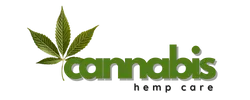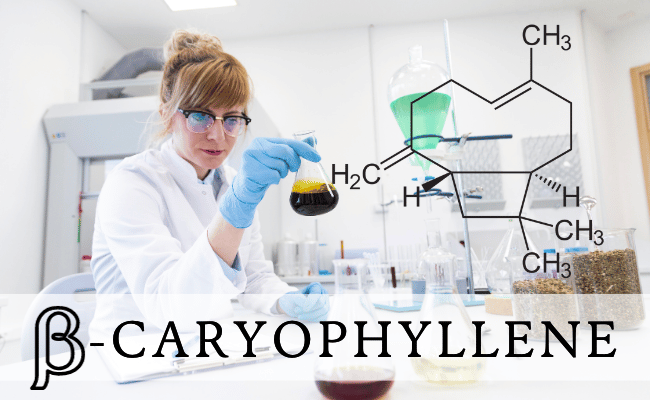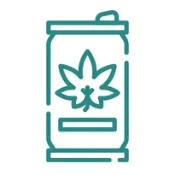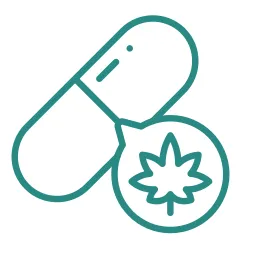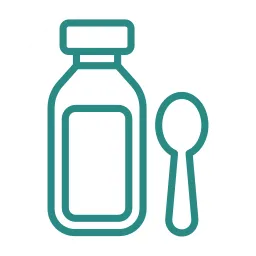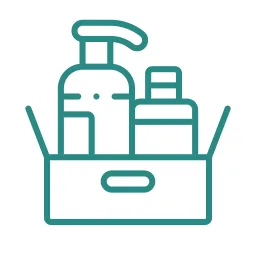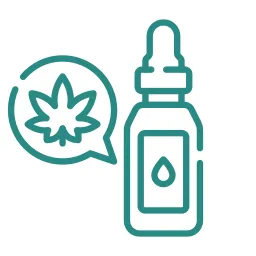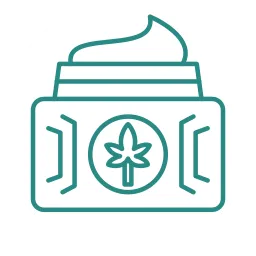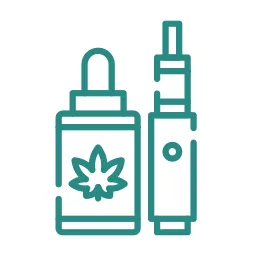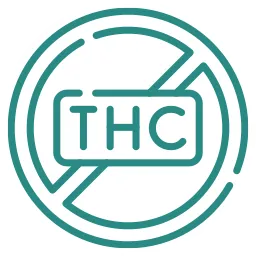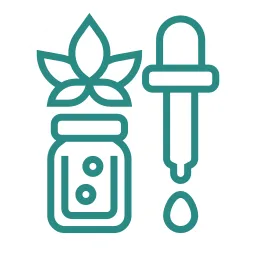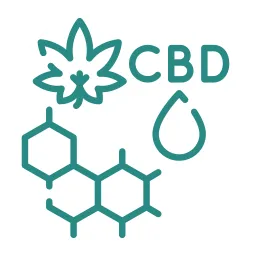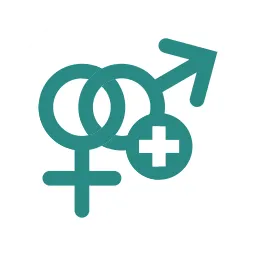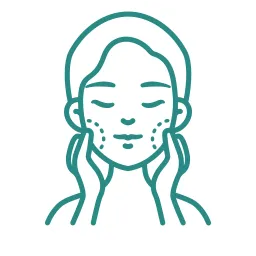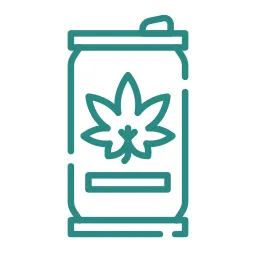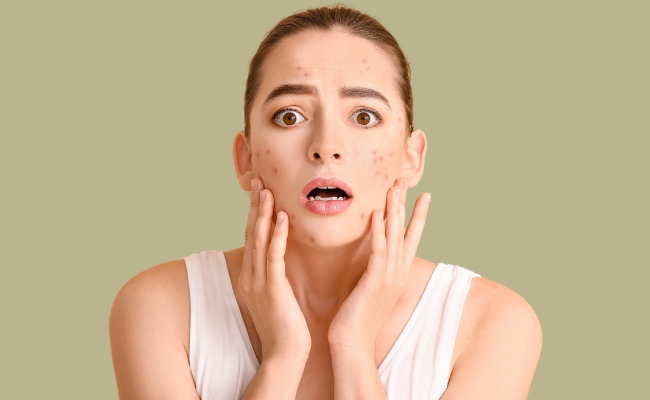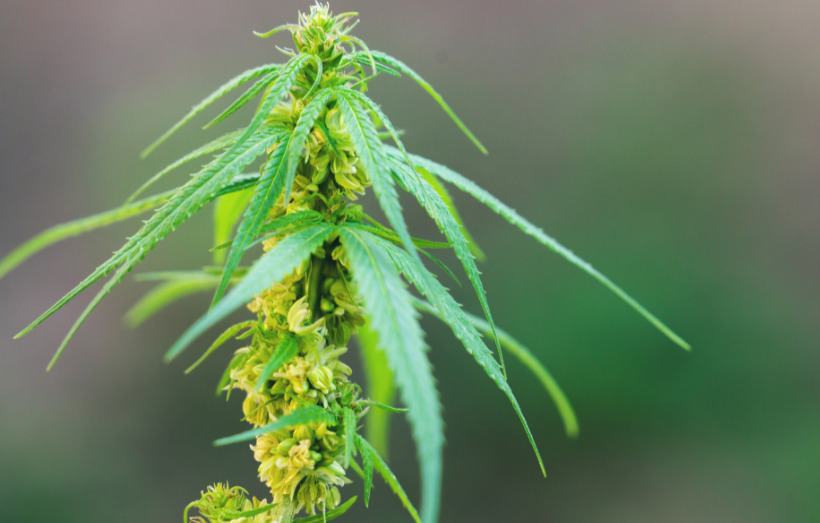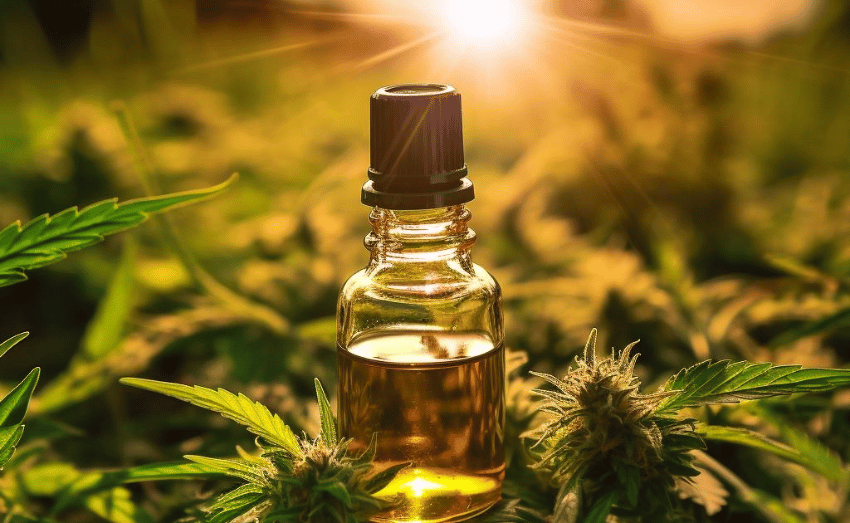Ever woken up to an unwelcome pimple before a big event? Acne, a skin dilemma faced by many, is more than just a cosmetic concern.
It’s a complex interplay of skin oil, dead cells, and bacteria, predominantly appearing on the face, chest, and back. For some, it’s an occasional annoyance, while for others, it’s a persistent challenge. But what really causes acne, and how can you effectively deal with it?
For those curious about the secrets of clear skin, the answers might just be a paragraph away.
What is Acne?
Acne is a common skin condition that affects millions of people worldwide. It occurs when hair follicles become clogged with oil and dead skin cells, leading to the formation of pimples, blackheads, and whiteheads1.
Primarily appearing on the face, shoulders, back, neck, chest, and upper arms, acne is notably prevalent during puberty but can occur at any age.
While not dangerous, it can leave skin scars. In the US, it impacts up to 50 million individuals yearly, with over 85% of people experiencing it between the ages of 12 and 24.
Acne is a skin condition caused by clogged hair follicles, leading to pimples, blackheads, and whiteheads. Influenced by hormones, genetics, and diet, it’s most common during puberty but can affect any age.
6 Types of Acne
Acne appears in various forms. Identifying the type is essential for effective treatment.
- Whiteheads (Closed Comedones): These occur when pores get clogged and close up, trapping oil, skin cells, and bacteria beneath the surface.
- Blackheads (Open Comedones): Unlike whiteheads, the pores remain open while clogged, giving them a black appearance due to oxidation.
- Papules: Small, inflamed, red bumps on the skin indicating a reactionary inflammation of the bacteria in the skin.
- Pustules (Pimples): A step further from papules, these are filled with pus, showcasing the body’s immunological response to infection.
- Nodules: Larger and more painful, these lumps beneath the skin’s surface signify a more severe inflammation.
- Cysts (Cystic Lesions): Located deeper within the skin, these painful, pus-filled lumps are a more severe form of acne requiring medical attention.
Identifying the type of acne lesions is crucial for determining the appropriate treatment plan, as each requires a different approach for management and resolution2.
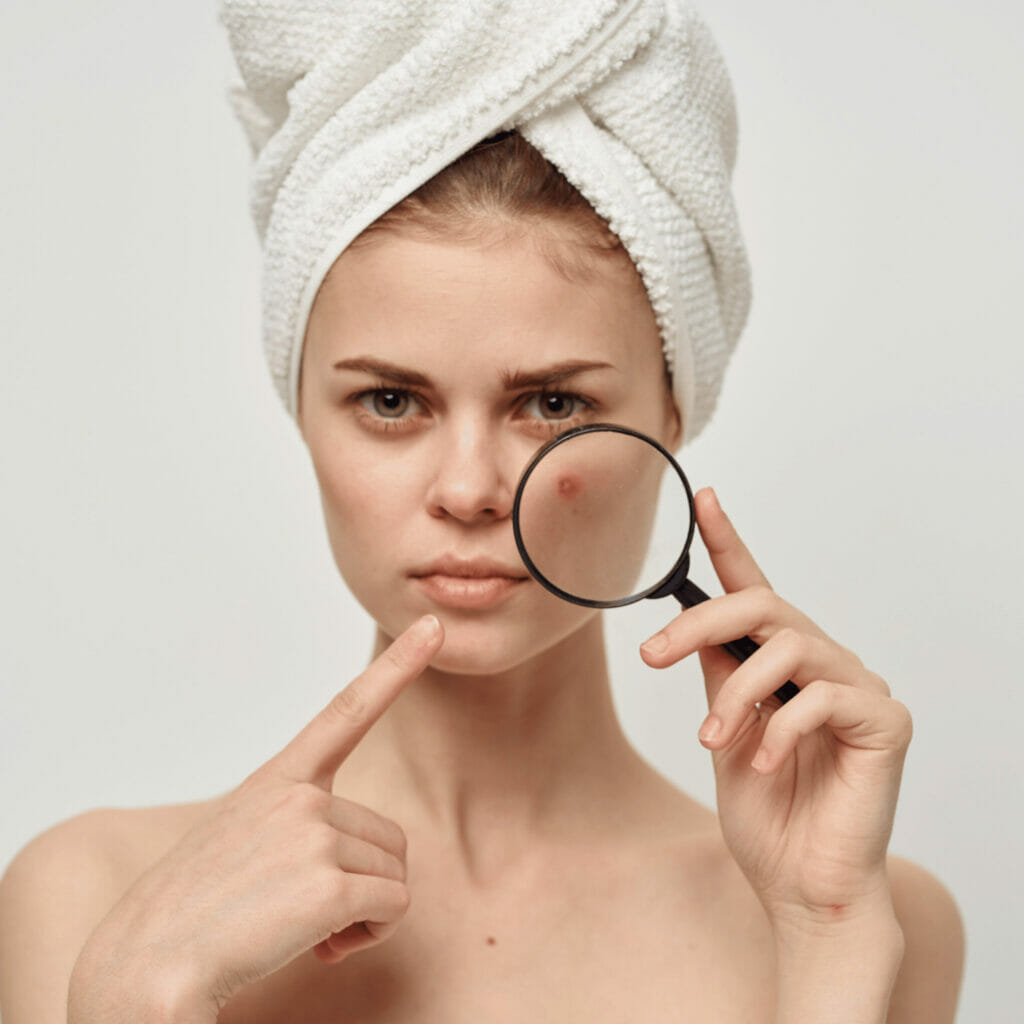
Acne Causes
Understanding the root causes of acne is the first step to effective management. Acne’s origins can be multifactorial, ranging from biological to external triggers.
- Hormonal Changes: An increase in androgens, such as testosterone, can cause the sebaceous (oil) glands to enlarge and produce more sebum (oil). This is especially prevalent during puberty, menstrual cycles, pregnancy, or due to conditions like polycystic ovary syndrome (PCOS).
- Excess Sebum Production: Overproduction of oil can clog pores.
- Clogged Hair Follicles: Dead skin cells, dirt, and oil can clog the pores.
- Bacteria: Propionibacterium acnes (P. acnes) can multiply in the trapped sebum, leading to inflammation and acne formation.
- Diet: High intake of refined sugars and dairy may induce acne in some
- Medications: Certain drugs can trigger or worsen acne.
- Genetics: Acne can run in families.
While each individual’s experience with acne may vary, these are some of the predominant causes. Being aware can help in tailored prevention and treatment approaches.
Triggers of Acne
Acne can be influenced or worsened by various external and internal factors. Recognizing these triggers can be the first step in managing and preventing flare-ups:
- Clothing: Tight-fitting attire or headgear can irritate skin.
- Environment: Air pollution and high humidity may contribute to breakouts.
- Products: Greasy or oily skincare items can clog pores.
- Workplace: Regular contact with grease, common in certain job settings, can provoke acne.
- Stress: Elevated cortisol levels during stress can trigger acne.
- Medications: Some drugs can induce or worsen acne as a side effect.
- Touching: Picking or touching acne can cause inflammation and potential scarring.
Foods That Cause Acne
Certain foods are often associated with triggering acne:
- Dairy: Particularly skim milk, has shown potential links to acne.
- High-Glycemic Foods: Refined sugars and carbs can influence blood sugar levels and acne.
- Fast Food: Greasy and high-fat foods can exacerbate acne for some individuals.
- Chocolate: Its effect on acne remains debatable, but some report breakouts post-consumption.
- Whey Protein: Some users notice acne after intake due to its milk origins.
- Omega-6 Rich Foods: Overconsumption, found in certain oils, might induce inflammation and acne.
Individual reactions to these foods vary, and consulting with a dermatologist or nutritionist for personalized advice is recommended.
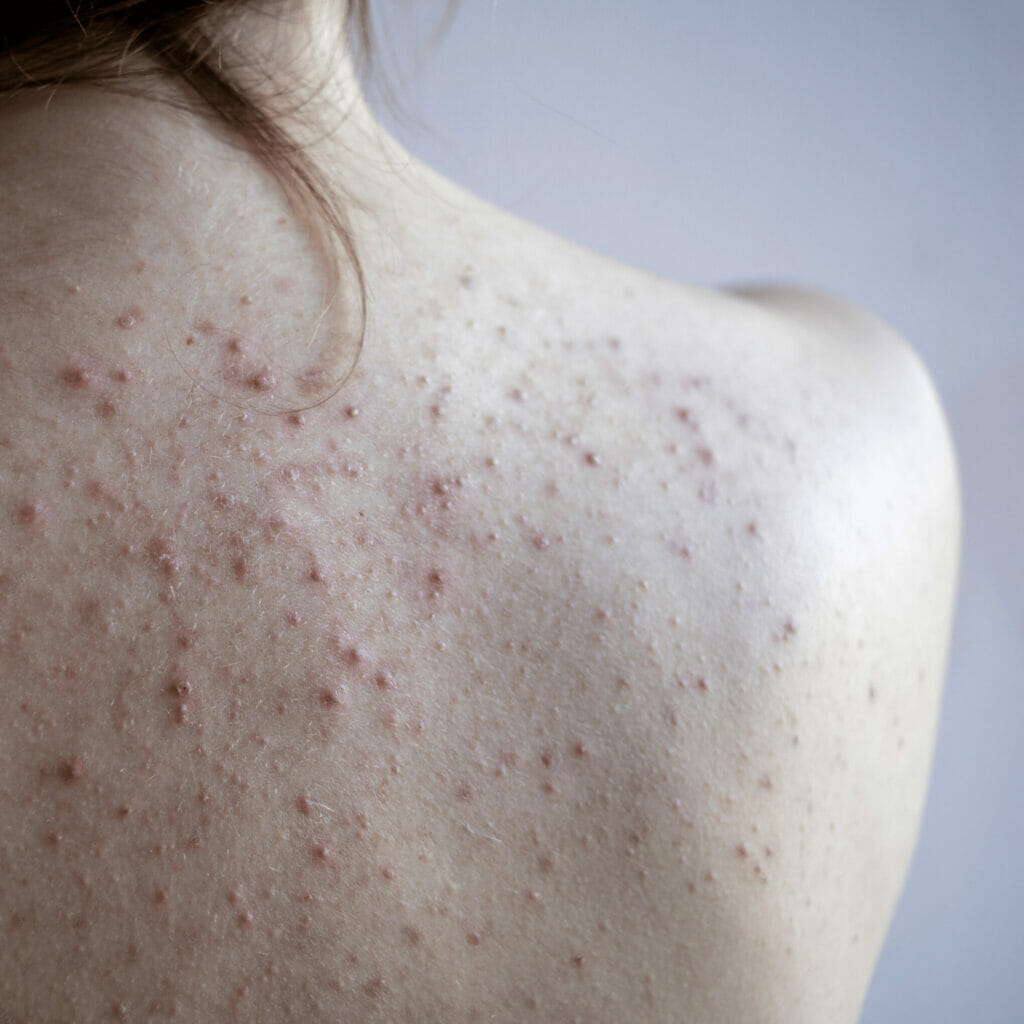
Where on My Body Will I Have Acne?
Acne primarily manifests in areas with a higher concentration of oil glands. Here are common regions where acne may occur:
- Face: Particularly on the forehead, nose, and chin, which comprise the T-zone known for its higher oil production3.
- Back: The density of oil glands on the back makes it a common area for acne.
- Chest: Similar to the back, the chest also has many oil glands.
- Shoulders: Acne can develop on the shoulders, especially near the upper arms.
- Neck: While less common, the neck is also a site for acne.
- Upper Arms: Especially the back of the upper arms where there may be a higher concentration of hair follicles.
Each individual’s experience with acne varies. Some may have acne in one or multiple areas, while others might have it in less common places like the buttocks or thighs. A dermatologist can provide more personalized advice on what to expect and how to manage acne.
Acne Severity
Understanding the severity of acne is crucial for determining the appropriate treatment plan. Acne severity is often classified into three main categories – mild, moderate, and severe, based on the count of total lesions present on the skin.
Below is a simplified breakdown of these categories:
- Mild Acne: Characterized by fewer than 30 total lesions, mild acne typically consists of a small number of whiteheads, blackheads, papules, and pustules4.
- Moderate Acne: With a total lesion count ranging between 30 and 125, moderate acne may present an increased number of inflamed lesions and may affect larger areas of the skin.
- Severe Acne: Identified by more than 125 total lesions, severe acne usually entails numerous inflamed nodules, pustules, and potentially cysts, often leading to scarring if not properly managed.
The severity of acne can vary significantly among individuals and may also fluctuate over time. Moreover, the type of acne, whether it’s comedonal (non-inflammatory) or inflammatory, can also influence its severity.
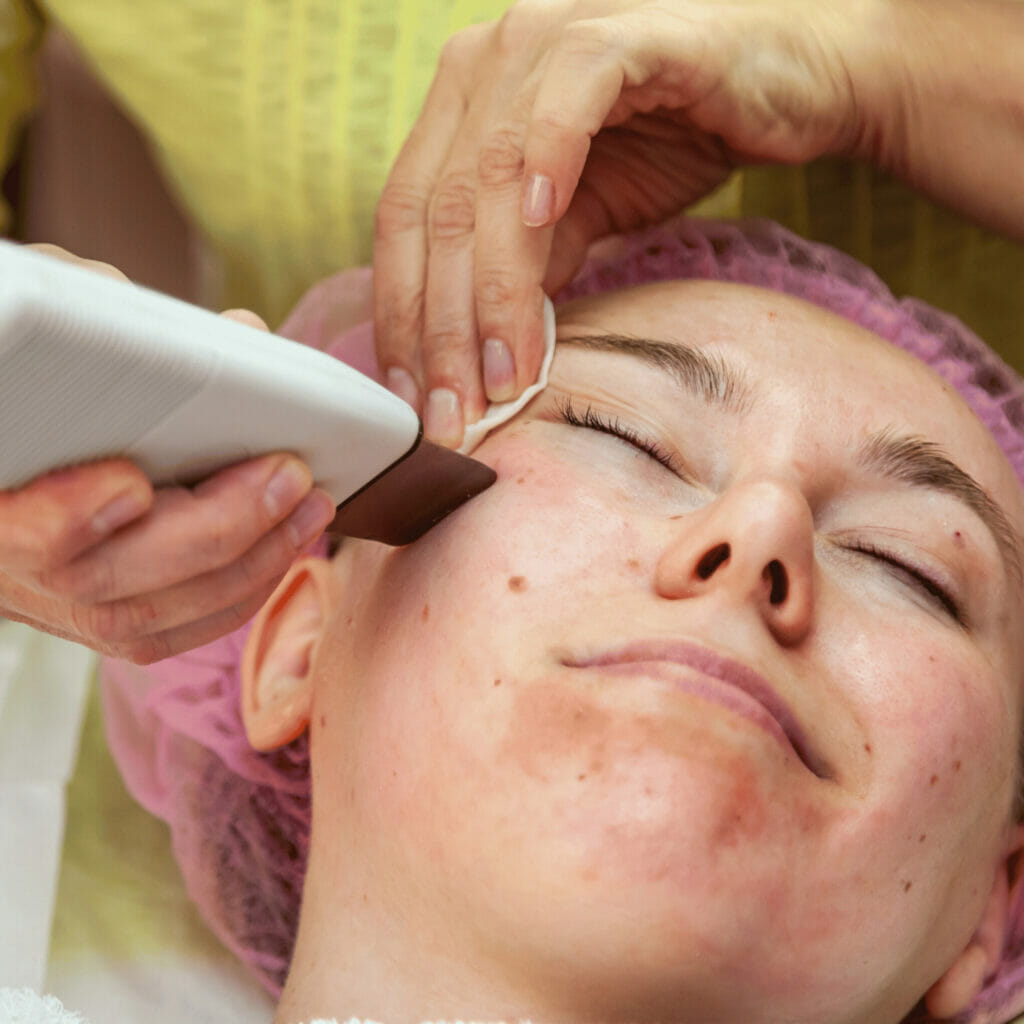
Treatment
Have you ever stared at the mirror, wishing those stubborn spots would vanish? You’re not alone. The journey to clear skin can be overwhelming, but knowing your treatment options is half the battle.
Topical Treatments
Over-the-counter and prescription treatments include benzoyl peroxide, salicylic acid, alpha hydroxy acids, topical retinoids, and topical antibiotics.
- Benzoyl Peroxide: An antibacterial agent that kills acne-causing bacteria and helps unclog pores. It’s available in varying strengths, from over-the-counter formulations to prescription-strength5.
- Salicylic Acid: A beta hydroxy acid that helps exfoliate the skin and unclog pores. Commonly found in many over-the-counter acne products.
- Retinoids: Derived from vitamin A, retinoids like tretinoin or adapalene help unclog pores and reduce inflammation. Some are available over-the-counter, while stronger versions require a prescription.
- Topical Antibiotics: Clindamycin or erythromycin can help reduce bacteria and inflammation. Often prescribed alongside other treatments to increase efficacy.
Oral Medications
Antibiotics, birth control pills (for women), or oral retinoids (like isotretinoin).
- Antibiotics: Such as tetracycline, doxycycline, or minocycline, can help reduce bacteria and fight inflammation.
- Birth Control Pills: For women, some contraceptive pills can help regulate hormones associated with acne.
- Isotretinoin (Accutane): A powerful drug for severe or cystic acne that reduces sebum production. It’s a potent medication with potential side effects and requires medical supervision.
Hormonal Therapy
Medications that regulate hormones to reduce oil production and acne.
- Spironolactone: Blocks androgen receptors, decreasing oil production. Useful for adult acne and conditions like PCOS.
- Oral Contraceptives: Pills like Yaz, Ortho Tri-Cyclen, and Estrostep regulate hormones and reduce androgen-driven oil production.
- Anti-androgen Agents: Medications that lower androgen levels, reducing acne breakouts.
Medical Procedures
Chemical peels, light, and laser therapies, or drainage and extraction procedures to remove large cysts.
- Laser and Light Therapy: These treatments can target the deeper layers of skin without harming the surface. They can reduce acne-causing bacteria and shrink oil (sebaceous) glands.
- Chemical Peels: Application of a chemical solution to remove the outer layer of skin, helping to clear away dead skin cells and reduce acne.
- Drainage and Extraction: A method used to remove large cysts or nodules. It’s a minor surgical procedure performed by dermatologists.
- Steroid Injections: Used for large cysts to reduce inflammation and promote healing.
Lifestyle and Home Remedies
Regularly cleaning and exfoliating the skin, reducing stress, and maintaining a balanced diet can help. Avoid picking or squeezing acne lesions as this can lead to scarring.
- Gentle Skincare: Non-abrasive cleansers and being gentle while washing.
- Oil-free and Non-comedogenic Products: These won’t clog pores.
- Natural Masks: Honey, clay, or oatmeal can reduce oiliness and soothe the skin.
Remember, everyone’s skin is unique. While one treatment may work wonders for a friend, you might need a different approach. Always seek advice from a dermatologist to find what’s best for you.
Acne Prevention
Maintaining clear and healthy skin goes beyond just treating existing acne – prevention is a key component. While it’s not always possible to avoid acne completely due to factors like genetics and hormonal changes, there are proactive measures you can take to reduce the risk of breakouts:
- Skincare Routine: Engage in daily cleansing, toning, and moisturizing with products tailored to your skin type. Opt for ‘non-comedogenic’ items when possible.
- Regular Exfoliation: Gently exfoliate once a week to prevent pore clogging from dead skin cells.
- Limit Makeup: Use oil-free, non-comedogenic makeup and always remove it at day’s end.
- Dietary Awareness: Some individuals link specific foods to acne flare-ups. Observe any diet-acne correlations.
- Stay Hydrated: Adequate water intake aids skin hydration and potential toxin removal.
- Avoid Face Touching: Hands introduce oils and dirt; minimize face contact.
- Sun Protection: Use sunscreen to prevent potential sun-induced acne aggravation.
- Stress Management: High stress can spur acne. Integrate stress-reducing activities as needed.
- Post-Sweat Cleansing: After intense activities leading to sweat, promptly cleanse your skin.
While these steps can help prevent acne, there’s no guaranteed method to eliminate it entirely. If you’re experiencing frequent breakouts or severe acne, consulting a dermatologist can offer more specialized advice and treatment options.
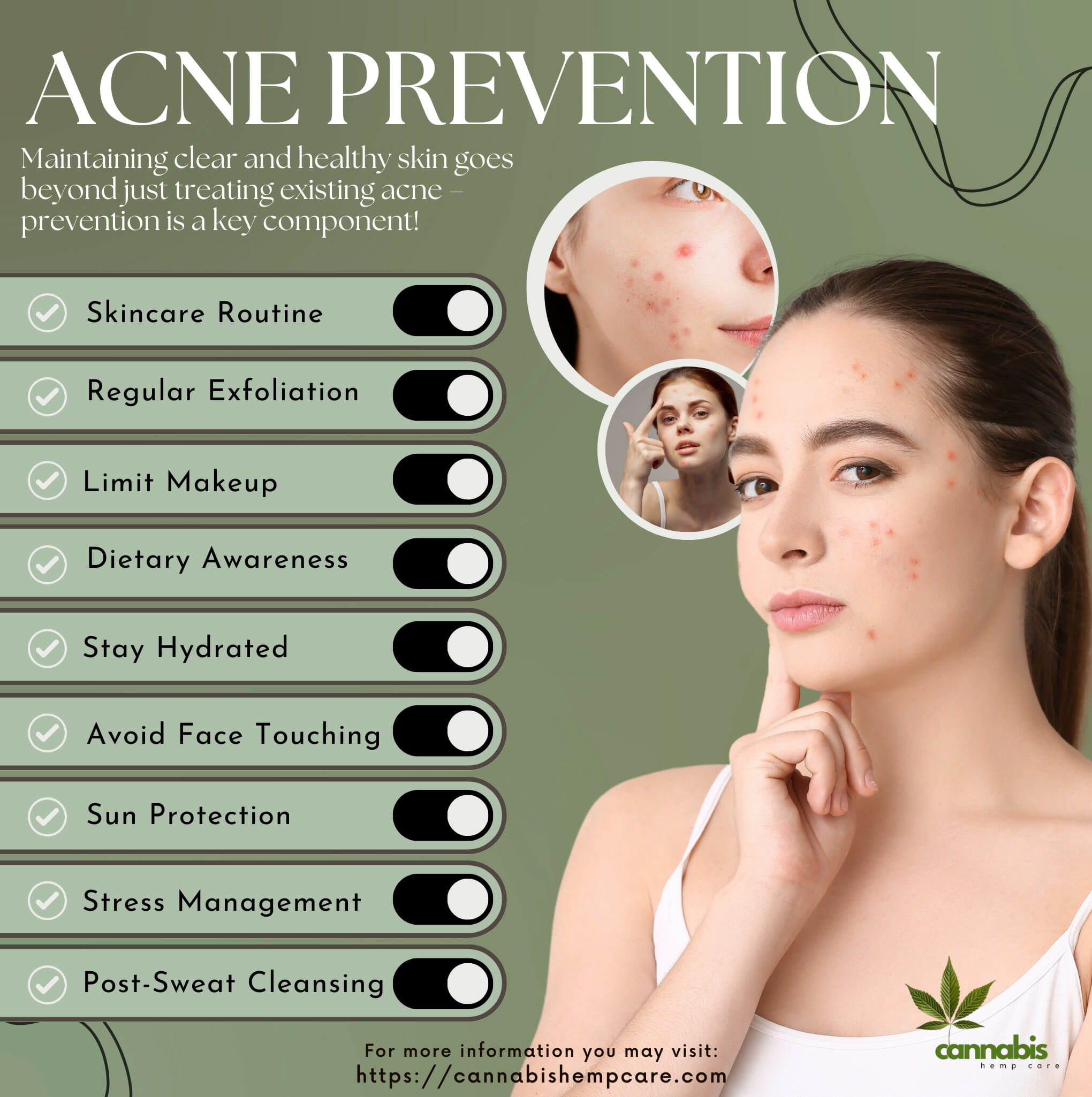
Final Thoughts
Acne affects many people of all ages and can impact emotions and self-esteem. Its causes vary, including hormonal changes and daily habits.
Many treatments are available, but what works for one person might not work for another. It’s essential to be informed about acne and its treatments, and sometimes, finding the right solution takes time.
Regular skin care and a healthy lifestyle can help achieve clearer skin. While acne might be a temporary issue, taking care of your skin is a lifelong commitment.
FAQs
What causes acne?
Acne is primarily caused when hair follicles become clogged with oil and dead skin cells. Factors that can lead to acne include an overproduction of sebum, hormonal changes, certain medications, and bacteria.
How can I cure acne?
Acne treatment varies based on its severity. Common treatments include topical creams and gels, oral medications, chemical peels, and laser treatments. It’s best to consult with a dermatologist for personalized advice.
What kills acne bacteria?
Benzoyl peroxide is a common ingredient used in over-the-counter and prescription treatments that effectively kills acne-causing bacteria.
How can I prevent acne naturally?
Keeping the skin clean, maintaining a balanced diet, staying hydrated, and managing stress can help prevent acne. Some natural remedies like tea tree oil and green tea have been known to help.
Can lack of sleep cause acne?
Yes, sleep deprivation can lead to increased stress and hormonal fluctuations, both of which can contribute to acne breakouts.
How can I prevent acne on my face?
Regular cleansing, exfoliating, using non-comedogenic products, and avoiding touching your face can help prevent acne. It’s also essential to use sun protection and maintain a healthy diet.
Can stress cause acne?
Yes, stress can trigger acne breakouts as it prompts the adrenal glands to produce more cortisol, increasing sebum production.
How long does acne last?
The duration of acne can vary. A single pimple might last a few days to a week, while a breakout or cystic acne can last for weeks. Chronic acne can persist for several years, especially without appropriate treatment.
What foods help with acne?
Foods rich in antioxidants, omega-3 fatty acids, and zinc such as fish, nuts, green tea, and berries can potentially benefit skin health. On the other hand, it’s advisable to reduce the intake of dairy and high-glycemic foods.
Are cosmetics bad for acne?
Not all cosmetics are harmful. However, it’s essential to use non-comedogenic products that won’t clog pores. Always remove makeup before sleeping and ensure tools like brushes and sponges are kept clean.
Sources
- Mayo Clinic. “Acne – Symptoms and Causes.” Mayo Clinic, 12 Sept. 2020, www.mayoclinic.org/diseases-conditions/acne/symptoms-causes/syc-20368047. Accessed 25 Sept. 2023. ↩︎
- Nancy Garrick, Deputy Director. “Acne.” National Institute of Arthritis and Musculoskeletal and Skin Diseases, 1 Sept. 2016, www.niams.nih.gov/health-topics/acne#:~:text=Overview%20of%20Acne. Accessed 25 Sept. 2023. ↩︎
- Cleveland Clinic. “Acne: Causes & Treatment.” Cleveland Clinic, 1 Sept. 2020, my.clevelandclinic.org/health/diseases/12233-acne. Accessed 25 Sept. 2023. ↩︎
- “Mild, Moderate, and Severe Acne: How to Tell Acne Severity Levels – Strut Blog.” Www.struthealth.com, 25 Sept. 2023, www.struthealth.com/blog/mild-moderate-severe-acne-levels. Accessed 25 Sept. 2023. ↩︎
- Burke, Darla. “What Causes Acne?” Healthline, Healthline Media, 25 May 2018, www.healthline.com/health/skin/acne#treatment. Accessed 25 Sept. 2023. ↩︎
